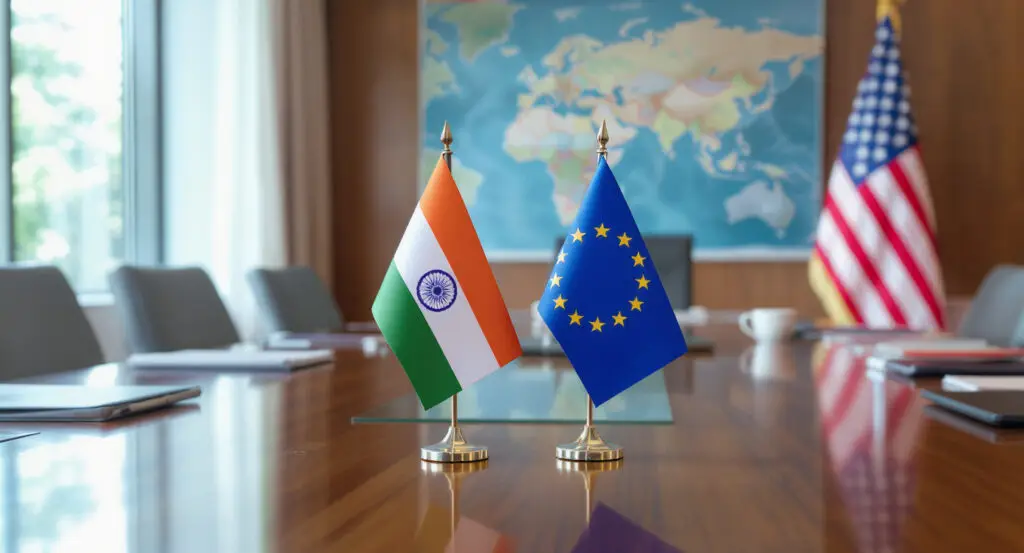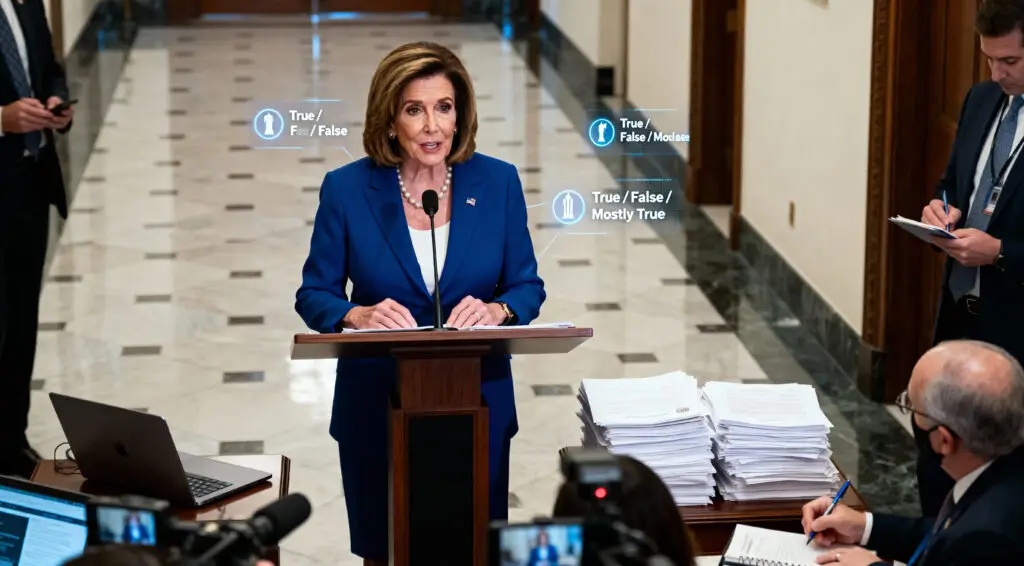The Disruption of India-US Trade Relations
The relationship between India and the United States on the trade front has hit a significant roadblock. The bilateral trade agreement talks are now on “rough terrain,” with the scheduled sixth round unlikely to take place. This diplomatic friction has been exacerbated by the implementation of a 25% reciprocal tariff by the US, which has already come into force.
This means that India’s exports to the US are now facing an additional 25% duty on top of the existing most-favored-nation (MFN) rates. Furthermore, the US has imposed a further 25% tariff on imports from India of oil and arms sourced from Russia. These measures are a clear indication of the strained relationship and have put a halt to the previously planned negotiations, forcing India to re-evaluate its trade strategy.
A Glimmer of Hope for Key Indian Exports
Despite the widespread impact of the new tariffs, there is a silver lining for some of India’s key export sectors. The reciprocal tariff is not applicable to several important categories, including pharmaceuticals and their ingredients, energy products, semiconductors, and a wide range of electronics, such as smartphones and tablets.
These items are of significant value, making up more than $25 billion, which is nearly one-third of India’s total merchandise exports to the US in fiscal year 2025. This exemption offers a crucial measure of relief to Indian exporters in these high-tech sectors, helping to cushion some of the potential losses from the new tariffs. The selective nature of the tariffs suggests that the US is aiming to pressure certain sectors while protecting others that are critical to its own supply chain.
India’s Strategic Pivot to the European Market
Given the uncertainty and setbacks in the US trade talks, India is actively seeking alternative strategies to offset potential losses in its top export market. The recently concluded free trade agreement (FTA) with the United Kingdom has come at an opportune time, as it is helping to cushion some of the likely losses. More importantly, this deal has provided a clear path and a strong precedent for India to secure and consolidate access to the wider European Union market.
The EU, in turn, has gained clarity on India’s positions on a number of sensitive issues, such as autos and wines, based on the commitments made to the UK. This newfound clarity is expected to catalyze and accelerate the stalled negotiations with Brussels, which have been ongoing for some time.
Recommended Article: Global Hedge Fund Hubs Compete for Future of Finance
India’s Diplomatic and Economic Achievement
The India-UK FTA has proven to be a significant diplomatic and economic achievement for New Delhi. Under the UK deal, India has secured 100% duty-free market access for its exports, covering 99% of the UK’s tariff lines. This is a massive improvement from the earlier access of 48.2% (covering 47.3% of tariff lines). This major boost for labor-intensive sectors is a direct result of the new agreement.
Furthermore, India has shown a willingness to make concessions on key sectors, agreeing to open up its automobile and wine and spirits sectors. While its commitment on automobiles is calibrated, India’s agreement to cut tariffs on whiskies from 150% to 75% on day one and to 40% by year 10 sets a precedent for a similar package to be offered to the EU for wine.
The Progress and Remaining Hurdles in EU Talks
The FTA talks with the European Union, which resumed in June 2022 after a nine-year pause, have been structured as a package deal covering trade, investment protection, and geographical indications (GIs). While progress was limited initially, negotiations have gained momentum since EU President Ursula von der Leyen’s visit in February 2025.
In the 11th round in May 2025, five chapters were closed, and the 12th round in July saw agreements in principle on digital trade and an anti-fraud clause. However, significant differences remain, particularly on investment protection, where the EU requires an integral treaty, and on digital trade, where India has resisted commitments on cross-border data flows and localization. The EU is expected to seek further concessions, as any concession on these fronts to the EU would automatically extend to the UK.
A Look at the Issues of Digital Trade and GIs
The issues of digital trade and geographical indications (GIs) are among the most complex in the negotiations. On digital trade, India has been cautious, resisting commitments on cross-border data flows and data localization with the UK. With the EU, India will face greater pressure on these issues, as any concession would set a new precedent.
On GIs, the EU has a strong interest in securing protections for its agricultural and food products, seeking stronger protections than what is required under the WTO’s TRIPS agreement. India will need to carefully balance these demands with its own domestic interests. The next round of negotiations, scheduled for mid-September, will be the first after the public release of the India-UK FTA text.
India and the EU Close in on a Trade Deal
The path forward for the India-EU FTA is clearer than ever, with both sides aiming to close the deal by year-end. The next few months will be crucial, and the 13th round of negotiations is expected to deliver more meaningful progress as both sides work toward a key deliverable for the political summit planned for late 2025 or early 2026.
The shift in focus from the US to the EU demonstrates India’s strategic approach to its trade policy. By leveraging its success with the UK, India is positioning itself to secure and expand its access to a major global market. The outcome of these negotiations will have a significant impact on India’s economy and its role in global trade.























